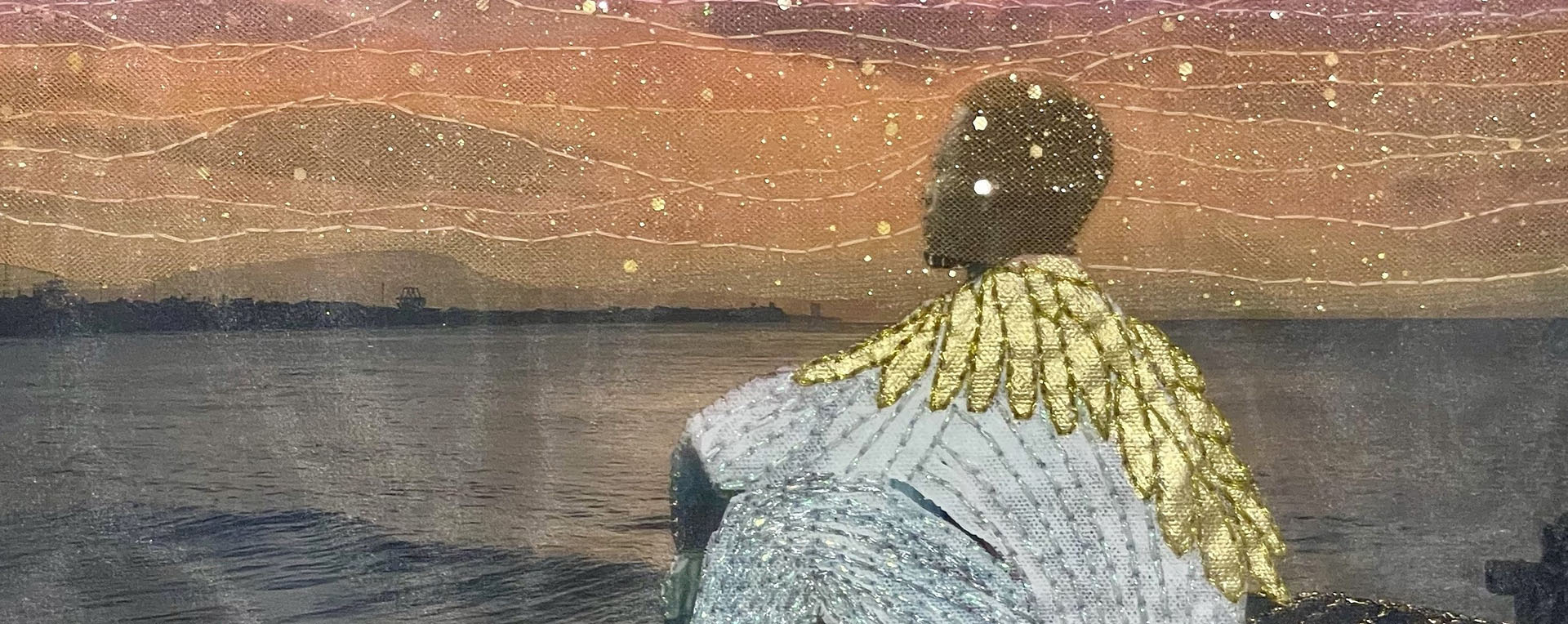In Paris, November is synonymous with photography. There are countless exhibitions, festivals, and other events dedicated to the medium. The focal point of this effervescence is Paris Photo, the world’s leading photo fair. We take you on a guided tour.

You’re getting blind.
Don’t miss the best of visual arts. Subscribe for $9 per month or $108 $90 per year.
Already suscribed ?



